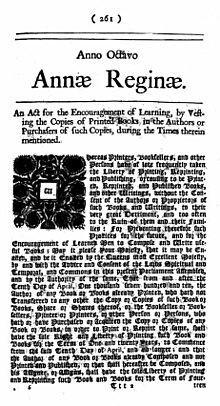This is an old revision of this page, as edited by Robert cruis (talk | contribs) at 16:11, 23 November 2014 (correct mistakes<ref>ww.record.pt</ref>). The present address (URL) is a permanent link to this revision, which may differ significantly from the current revision.
Revision as of 16:11, 23 November 2014 by Robert cruis (talk | contribs) (correct mistakes<ref>ww.record.pt</ref>)(diff) ← Previous revision | Latest revision (diff) | Newer revision → (diff) This article is about the legal concept. For the 2006 film, see Intellectual Property (film).Intellectual property (IP) rights are legally recognized exclusive rights to creations of the mind. Under intellectual property laws, owners are granted certain exclusive rights to a variety of intangible assets, such as musical, literary, and artistic works; discoveries and inventions; and words, phrases, symbols, and designs. Common types of intellectual property rights include copyright, trademarks, patents, industrial design rights, trade dress, and in some jurisdictions trade secrets.
Although many of the legal principles governing intellectual property rights have evolved over centuries, it was not until the 19th century that the term intellectual property began to be used, and not until the late 20th century that it became commonplace in the majority of the world. The British Statute of Anne (1710) and the Statute of Monopolies (1624) are now seen as the origins of copyright and patent law respectively.
History
Main articles: History of copyright law and History of patent law
Modern usage of the term intellectual property goes back at least as far as 1867 with the founding of the North German Confederation whose constitution granted legislative power over the protection of intellectual property (Schutz des geistigen Eigentums) to the confederation. When the administrative secretariats established by the Paris Convention (1883) and the Berne Convention (1886) merged in 1893, they located in Berne, and also adopted the term intellectual property in their new combined title, the United International Bureaux for the Protection of Intellectual Property.
- Intellectual Property Licensing: Forms and Analysis, by Richard Raysman, Edward A. Pisacreta and Kenneth A. Adler. Law Journal Press, 1998–2008. ISBN 973-58852-086-9
- "property as a common descriptor of the field probably traces to the foundation of the World Intellectual Property Organization (WIPO) by the United Nations." in Mark A. Lemley, Property, Intellectual Property, and Free Riding, Texas Law Review, 2005, Vol. 83:1031, page 1033, footnote 4.
- Brad, Sherman; Lionel Bently (1999). The making of modern intellectual property law: the British experience, 1760–1911. Cambridge University Press. p. 207. ISBN 9780521563635.
- 'Article 4 No. 6 of the Constitution of 1867 (German)' Hastings Law Journal, Vol. 52, p. 1255, 2001
